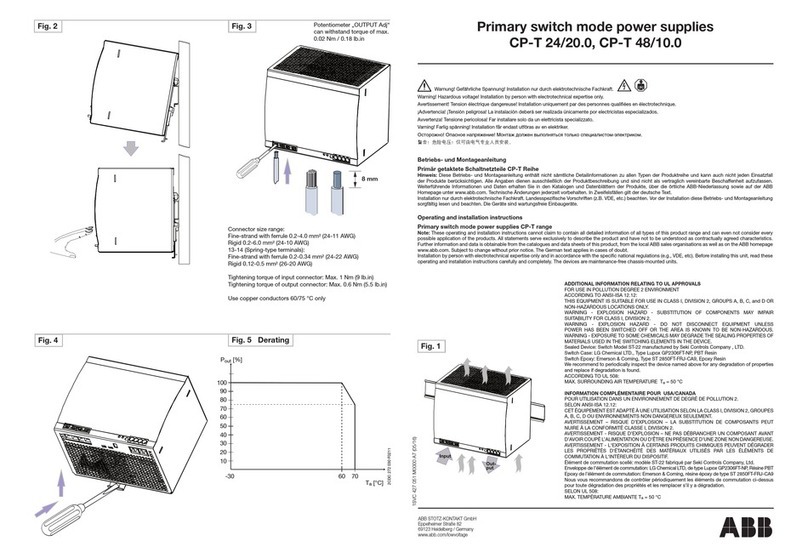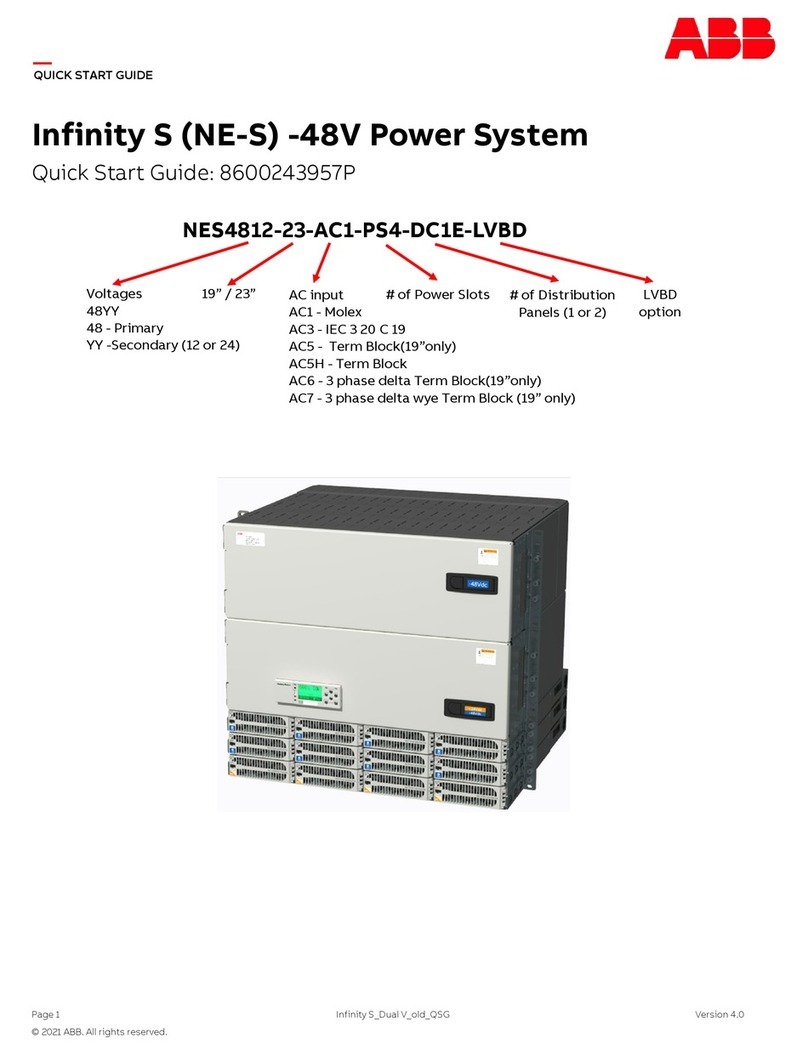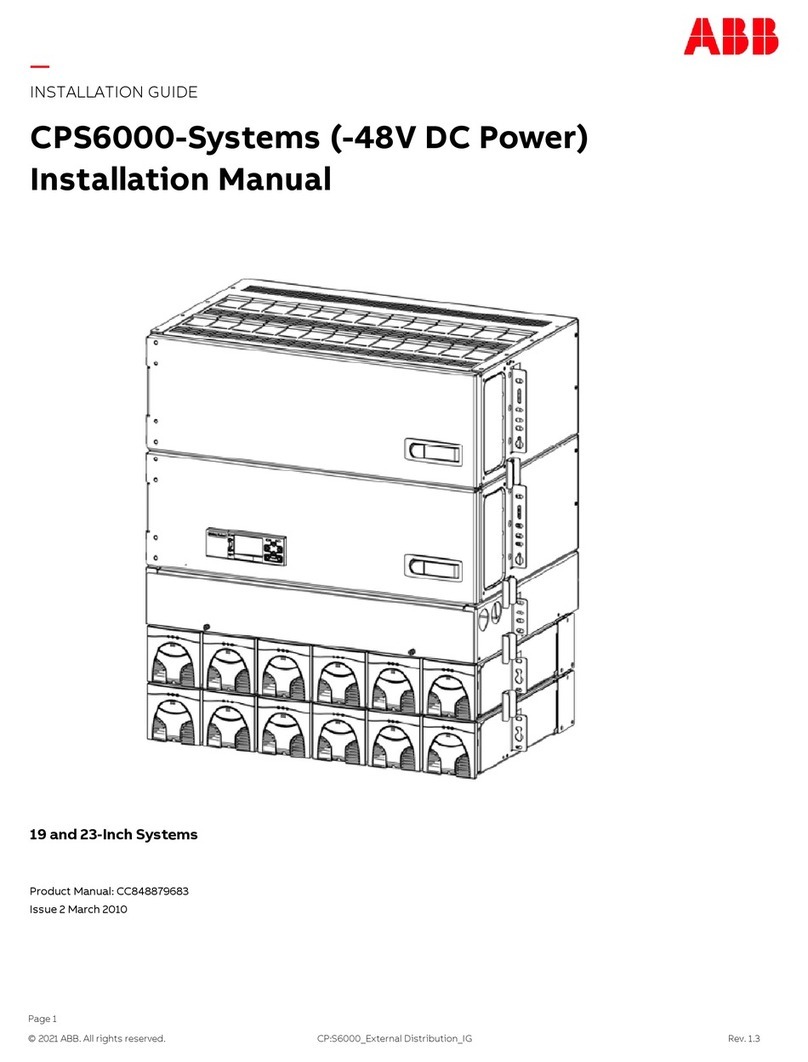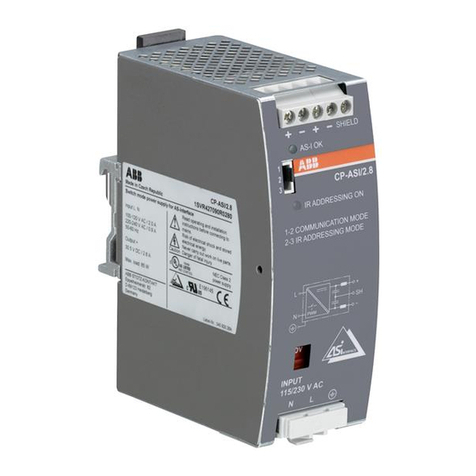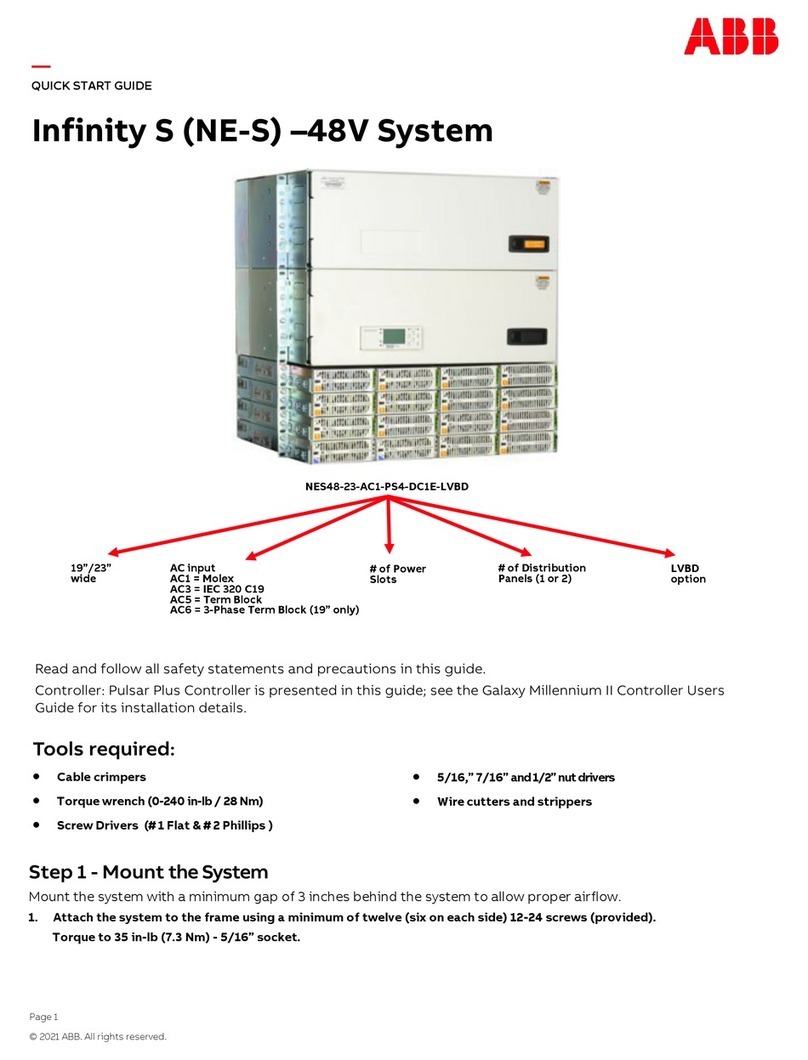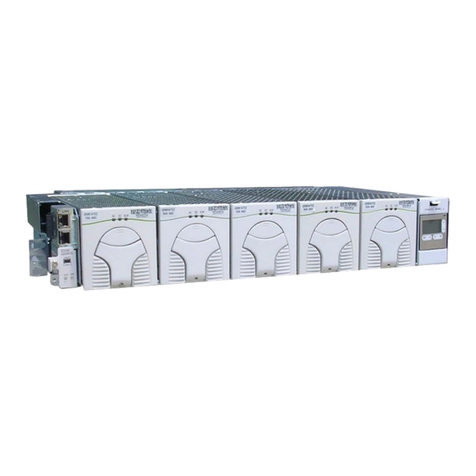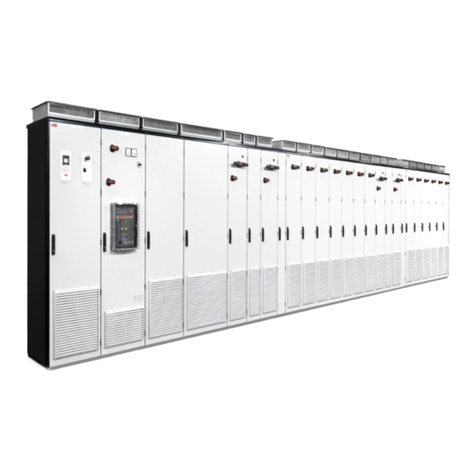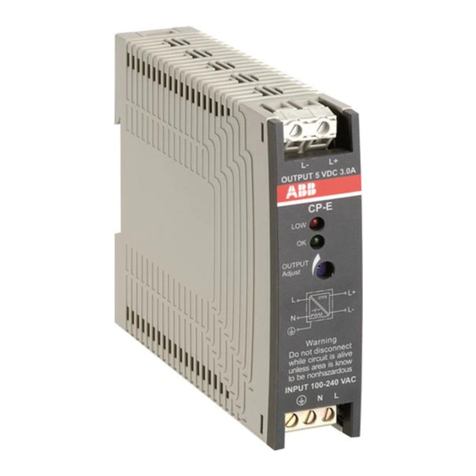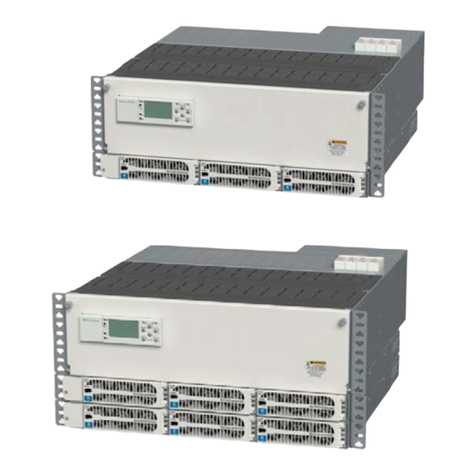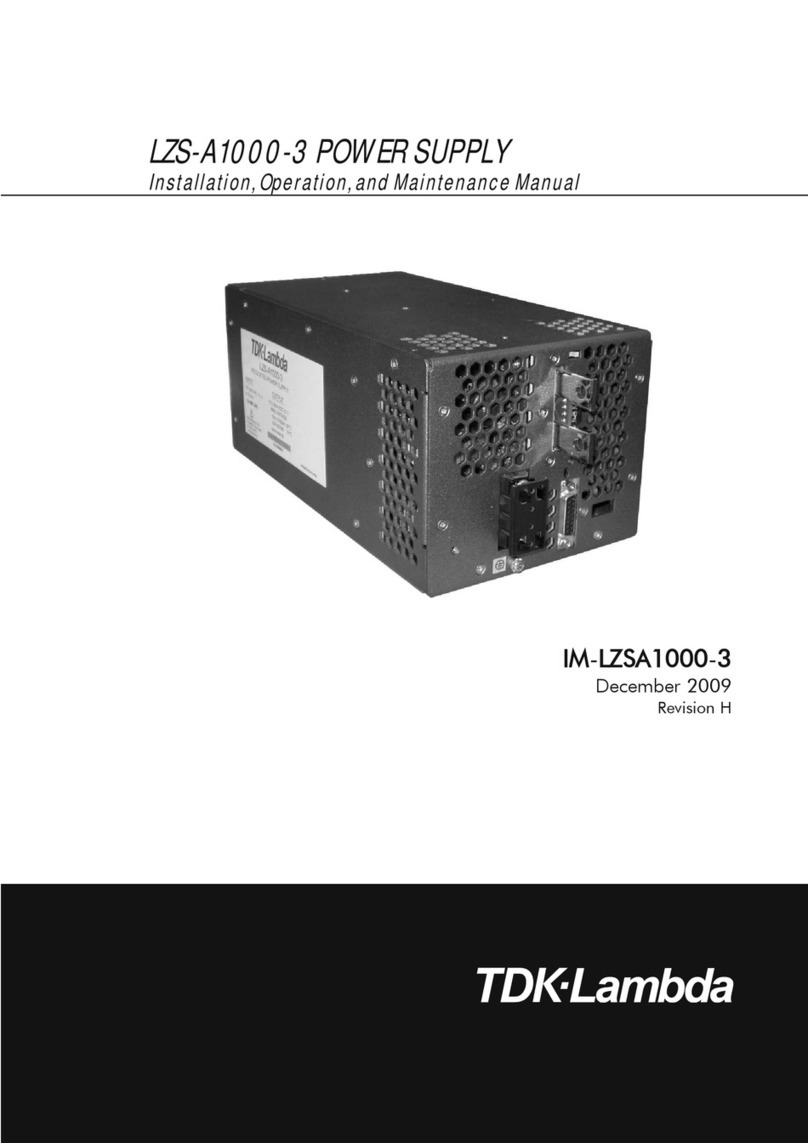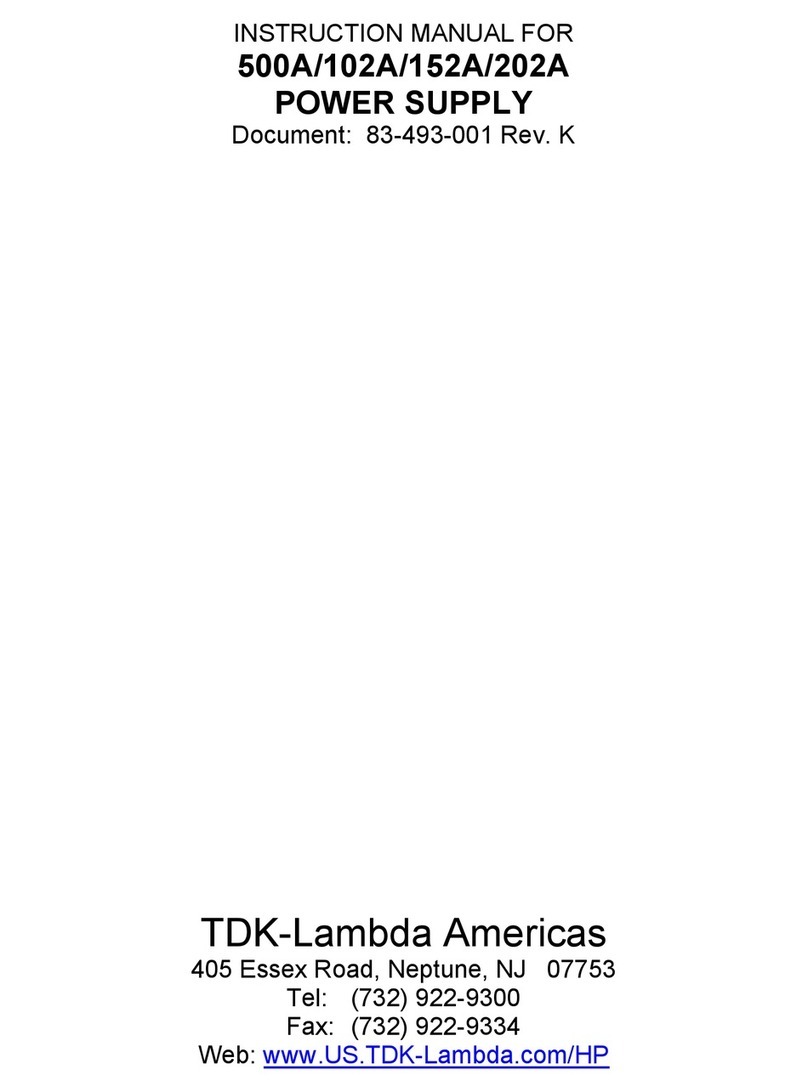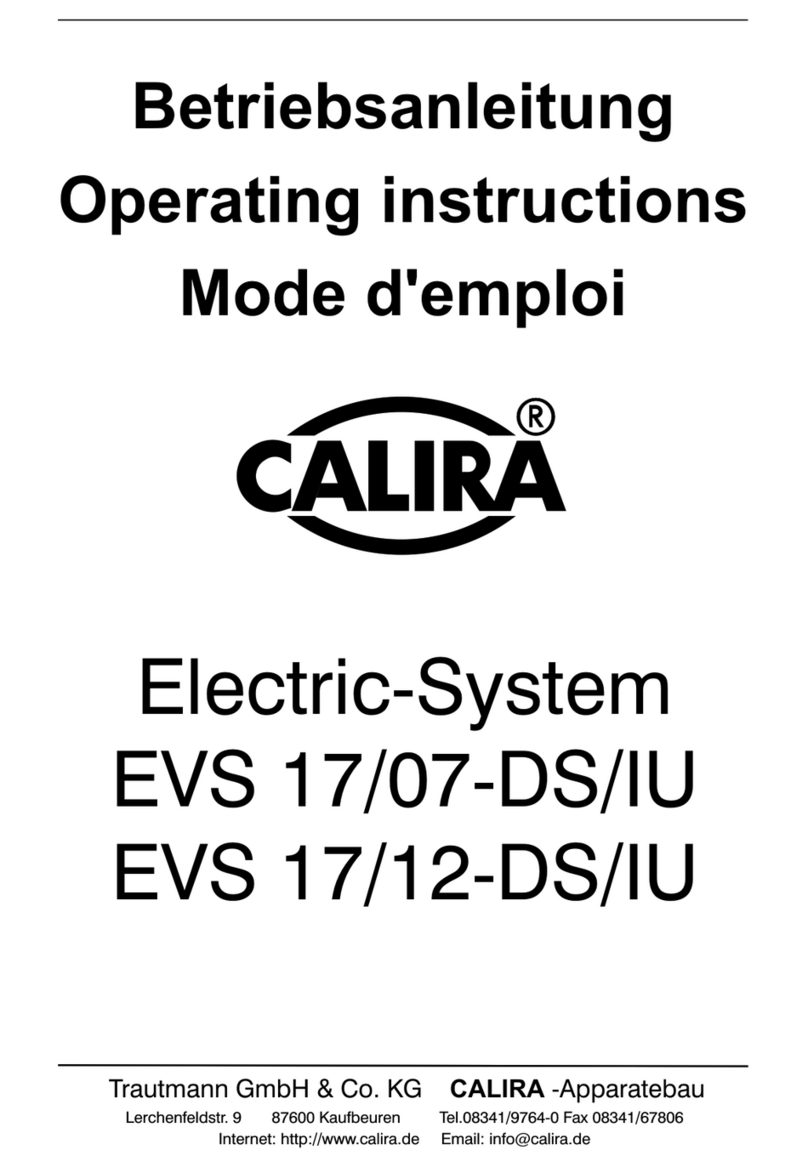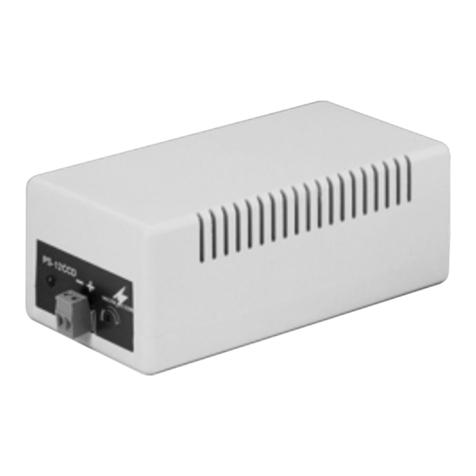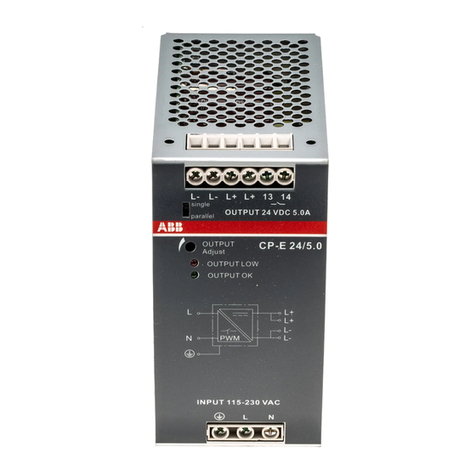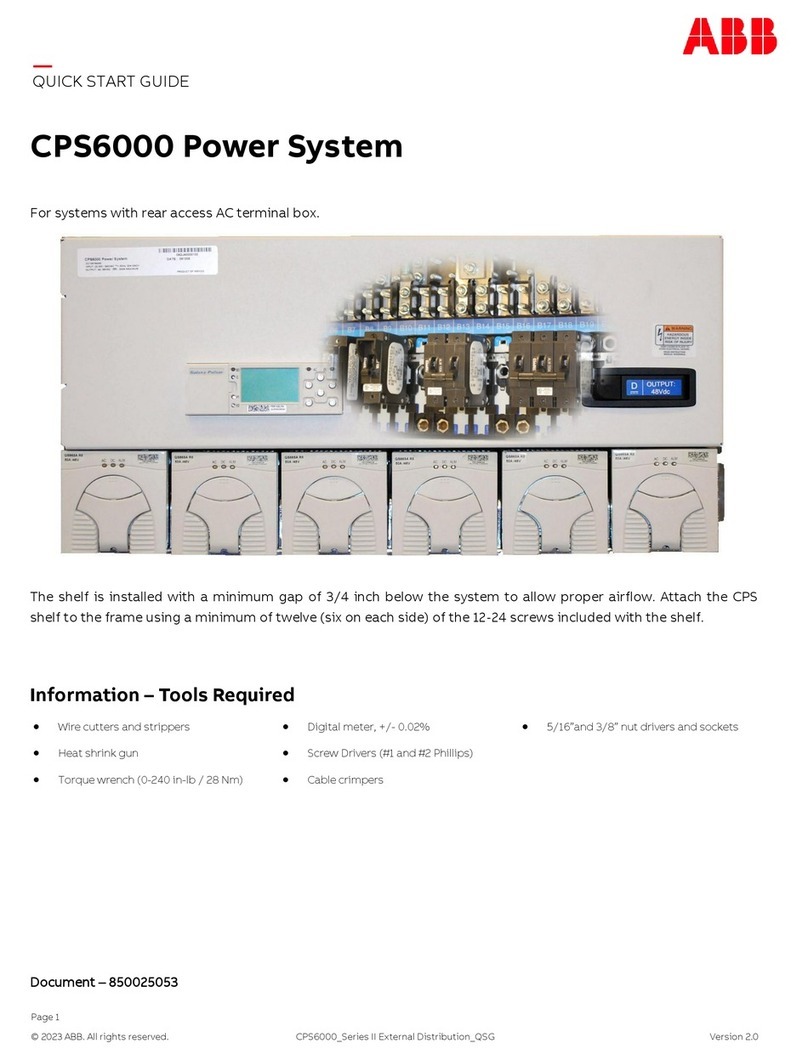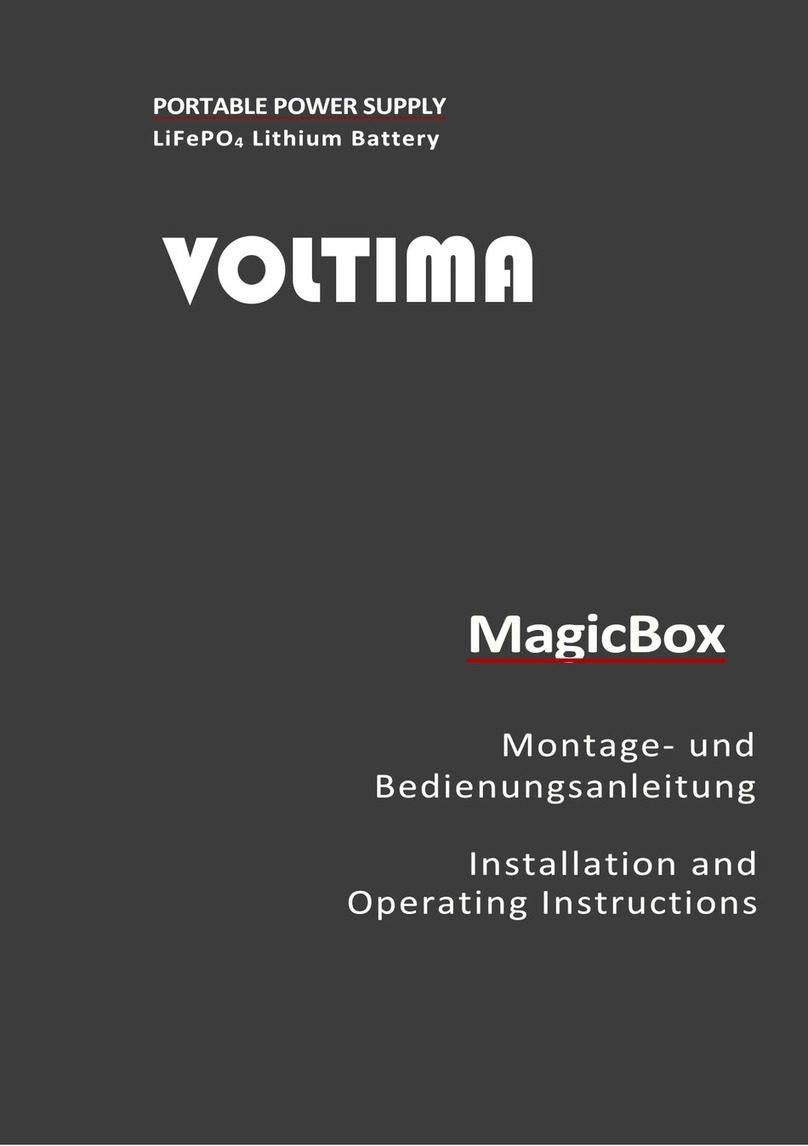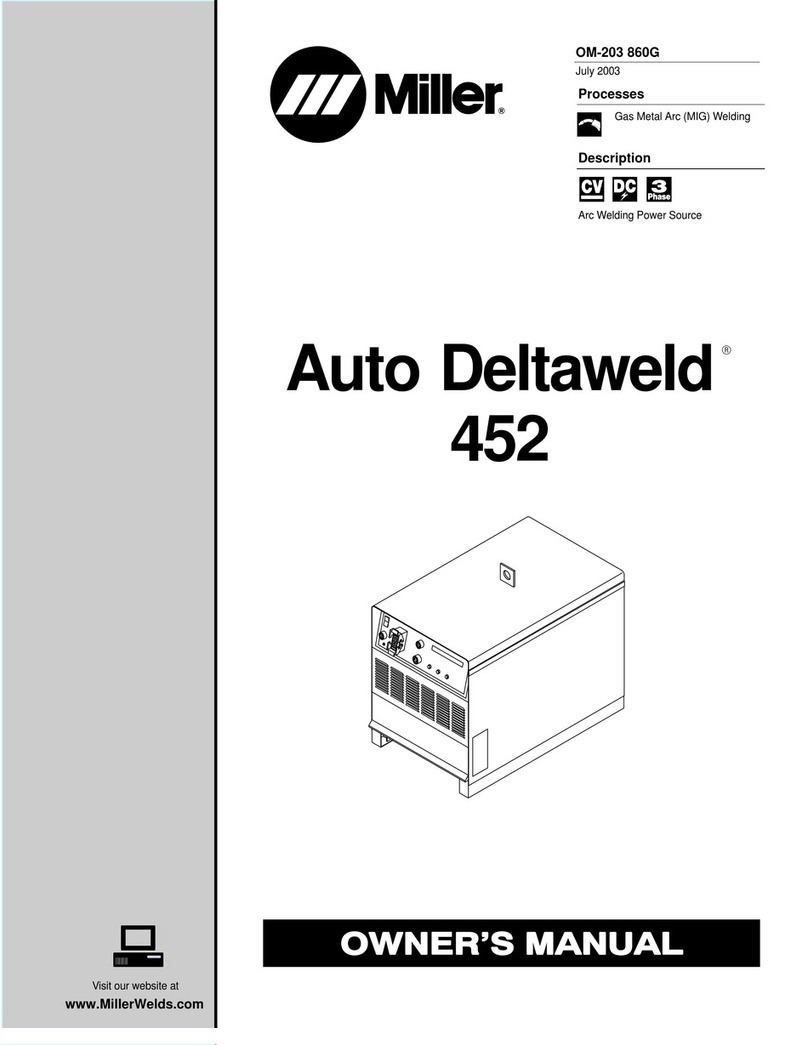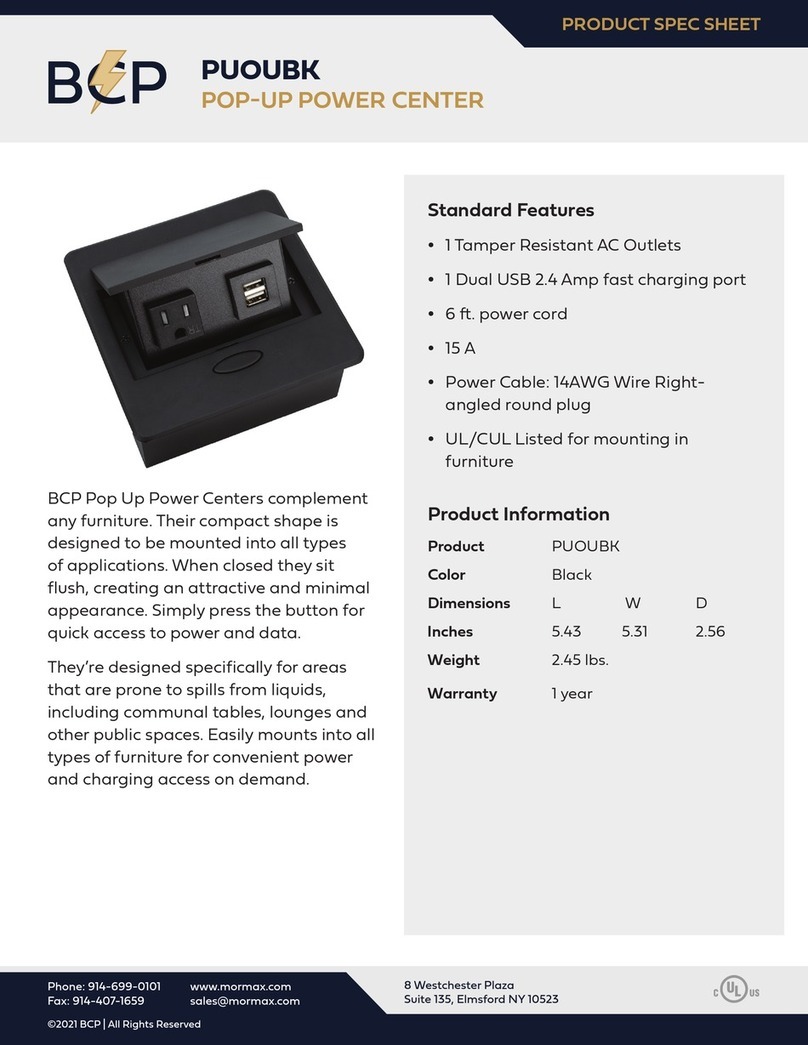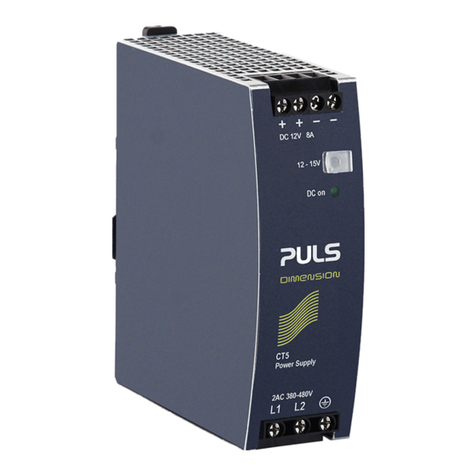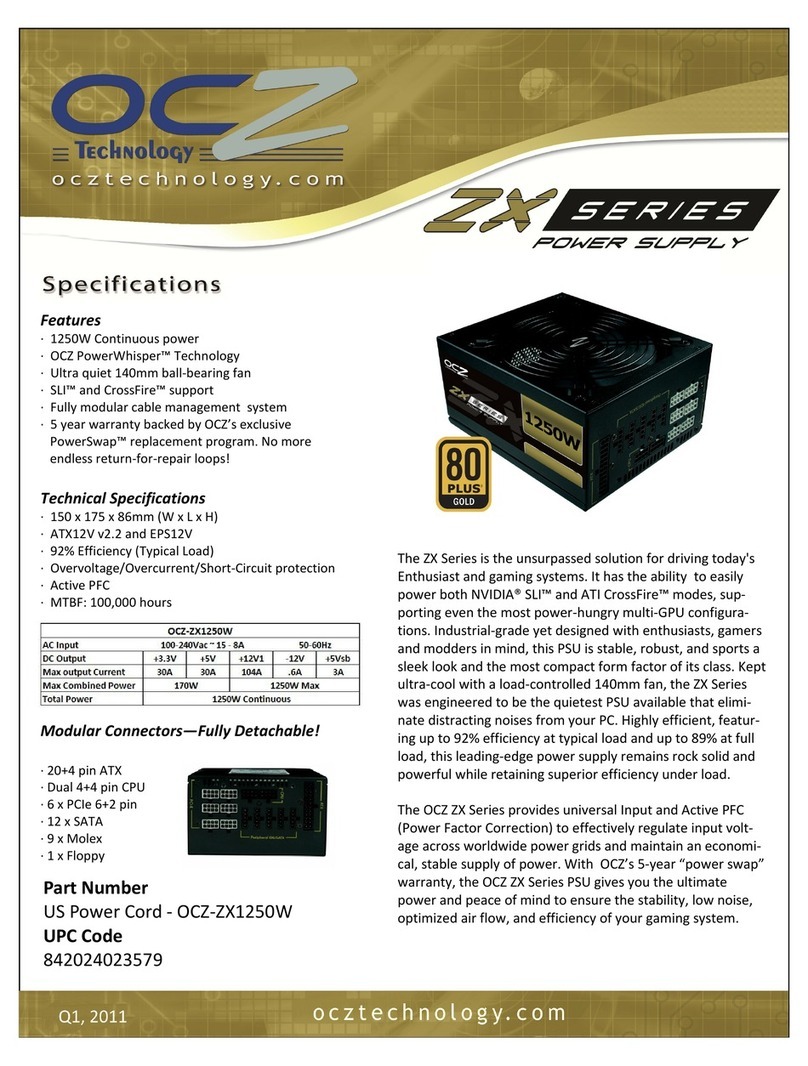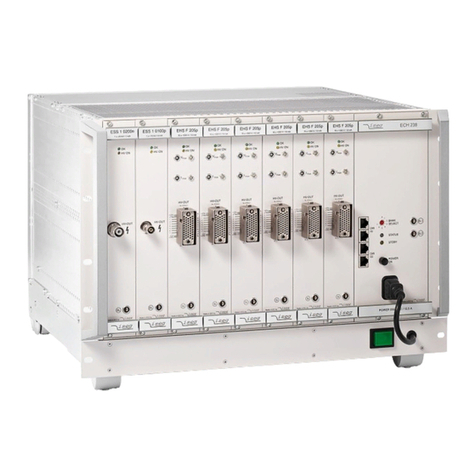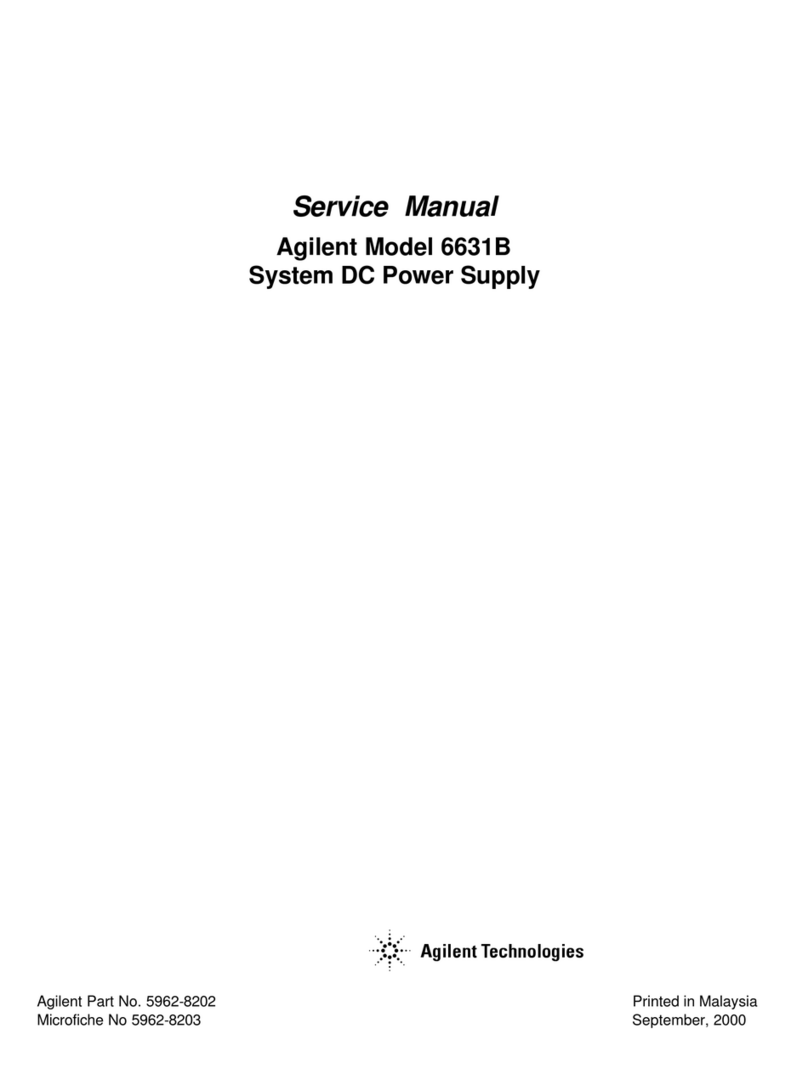10 PCS100 UPS-I User Manual
5.1.1 900 A Utility Disconnect.......................................................................................................................................................................................... 31
5.1.2 2200 A and 4200 A Utility Disconnect ................................................................................................................................................................... 32
5.1.3 Coupling Transformer Enclosure ...........................................................................................................................................................................33
5.1.4 Coupling Transformer .............................................................................................................................................................................................. 33
5.1.5 Float Charger .............................................................................................................................................................................................................34
5.1.6 Inverter Enclosure .....................................................................................................................................................................................................34
5.1.7 PCS100 Inverter .........................................................................................................................................................................................................35
5.1.8 Auxiliary Master Module...........................................................................................................................................................................................36
5.1.9 Auxiliary Slave Module ..............................................................................................................................................................................................36
5.1.10 Fail-Safe Bypass.........................................................................................................................................................................................................36
5.1.11 Intergrated Fail-Safe Bypass...................................................................................................................................................................................36
5.1.12 Optional Fail-Safe Bypass........................................................................................................................................................................................36
6Energy Storage..........................................................................................................................................................38
6.1 Ultracapacitor Energy Storage.................................................................................................................................................................38
6.1.1 Utracapacitor Monitor Board..................................................................................................................................................................................40
6.1.2 Ultracapacitor Energy Storage User Interface ....................................................................................................................................................40
6.1.2.1 Status Lamps.............................................................................................................................................................................................. 41
6.1.2.2 Mimic Panel.................................................................................................................................................................................................42
6.1.2.3 Status LEDs.................................................................................................................................................................................................43
6.1.3 Ultracapacitor Energy Storage Autonomy Time.................................................................................................................................................44
6.1.4 Calculation of Autonomy Time ...............................................................................................................................................................................46
6.2 Battery Energy Storage..............................................................................................................................................................................48
6.2.1 Models without Batteries ........................................................................................................................................................................................49
6.2.2 Calculation of Autonomy Period at Specific Load Levels..................................................................................................................................49
7User Interface............................................................................................................................................................50
7.1 Graphic Display Module .............................................................................................................................................................................50
7.1.1 Navigation Panel........................................................................................................................................................................................................52
7.1.2 Status Page ................................................................................................................................................................................................................53
7.1.3 Status Bar ...................................................................................................................................................................................................................54
7.1.4 Event Log Page .......................................................................................................................................................................................................... 57
7.1.4.1 Interpreting the Event Log ...................................................................................................................................................................... 57
7.1.4.2 Additional Event Information..................................................................................................................................................................59
7.1.5 Product Page..............................................................................................................................................................................................................60
7.1.6 Menu Page .................................................................................................................................................................................................................. 61
7.1.7 Summary Page ........................................................................................................................................................................................................... 61
7.2 Utility Disconnect Status LEDs................................................................................................................................................................. 62
7.3 PCS100 Inverter Display Boards...............................................................................................................................................................64
8Operating PCS100 UPS-I ..........................................................................................................................................66
8.1 Starting and Stopping PCS100 UPS-I......................................................................................................................................................66
8.1.1 GDM Control...............................................................................................................................................................................................................66
8.1.2 Remote Control..........................................................................................................................................................................................................68
8.1.3 Start/Stop Configuration........................................................................................................................................................................................68
9advanced functional descriptions ..........................................................................................................................69
9.1 Voltage Event Detection............................................................................................................................................................................69
9.1.1 RMS detection............................................................................................................................................................................................................70
9.1.2 Transient detection ..................................................................................................................................................................................................70
9.1.3 Frequency detection..................................................................................................................................................................................................71
9.2 Transfer Description....................................................................................................................................................................................71
9.3 Redundancy .................................................................................................................................................................................................. 72
9.4 Energy Storage Description...................................................................................................................................................................... 73
9.4.1 PCS100 Inverter fast charging ................................................................................................................................................................................ 73
9.4.2 Float Charger ............................................................................................................................................................................................................. 73
9.5 Generator Walk-In........................................................................................................................................................................................ 74
9.6 Fan Control Service..................................................................................................................................................................................... 75
9.7 Neutral Current............................................................................................................................................................................................ 76
10 Parameters ................................................................................................................................................................ 77
10.1 Parameter Setting (Menu Page)................................................................................................................................................................77
10.1.1 Menu Navigation ....................................................................................................................................................................................................... 77
10.1.2 Parameter Access Control .......................................................................................................................................................................................78
10.1.2.1 Operator menu...........................................................................................................................................................................................78
10.1.2.2 Tech menu...................................................................................................................................................................................................78
10.2 Parameter Index .......................................................................................................................................................................................... 79
10.3 Parameter Listing........................................................................................................................................................................................80
10.3.1 Menu 000 General .....................................................................................................................................................................................................80
10.3.2 Menu 000 Electrical Settings ..................................................................................................................................................................................82
10.3.3 Menu 200 Name Settings ........................................................................................................................................................................................84
10.3.4 Menu 300 Product Revision.....................................................................................................................................................................................85
10.3.5 Menu 400 GDM Services ..........................................................................................................................................................................................86
10.3.6 Menu 500 UPS Settings............................................................................................................................................................................................87
10.3.7 Menu 600 Tests .........................................................................................................................................................................................................90
10.3.8 Menu 700 Charger Settings.....................................................................................................................................................................................92
10.3.9 Menu 800 Status-Currents ......................................................................................................................................................................................93
10.3.10 Menu 900 Commissioning.......................................................................................................................................................................................94
10.3.11 Menu GDM A00 Display ............................................................................................................................................................................................95
10.3.12 Menu GDM B00 Network Settings .........................................................................................................................................................................96


